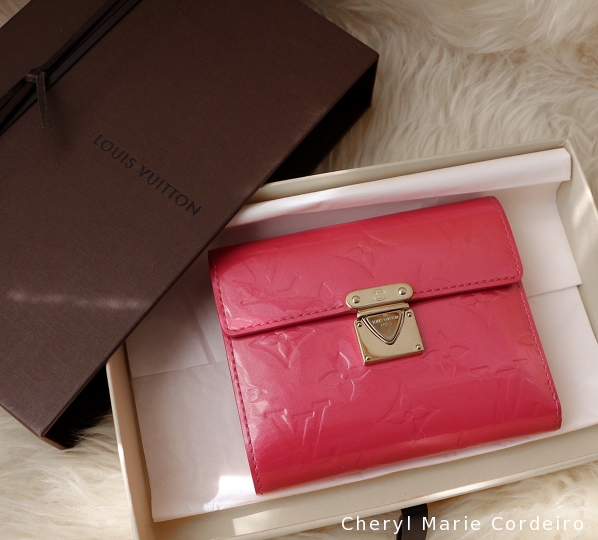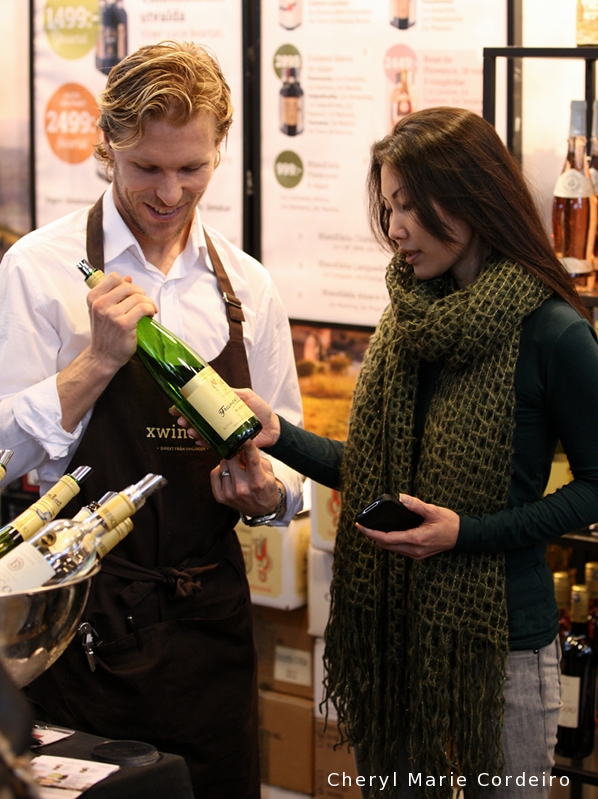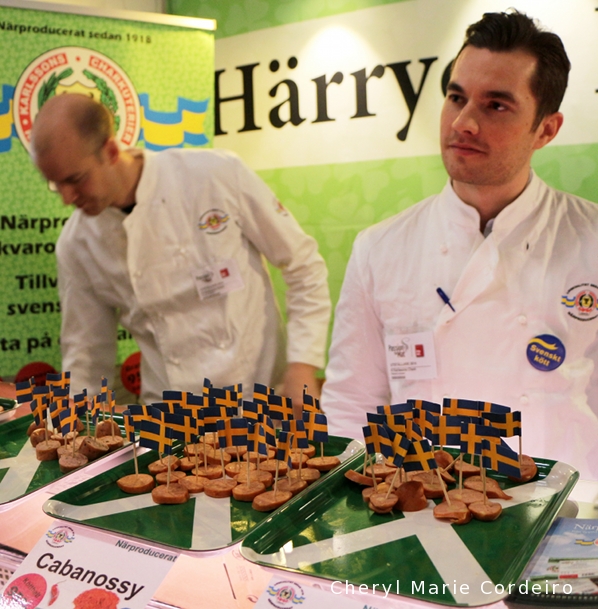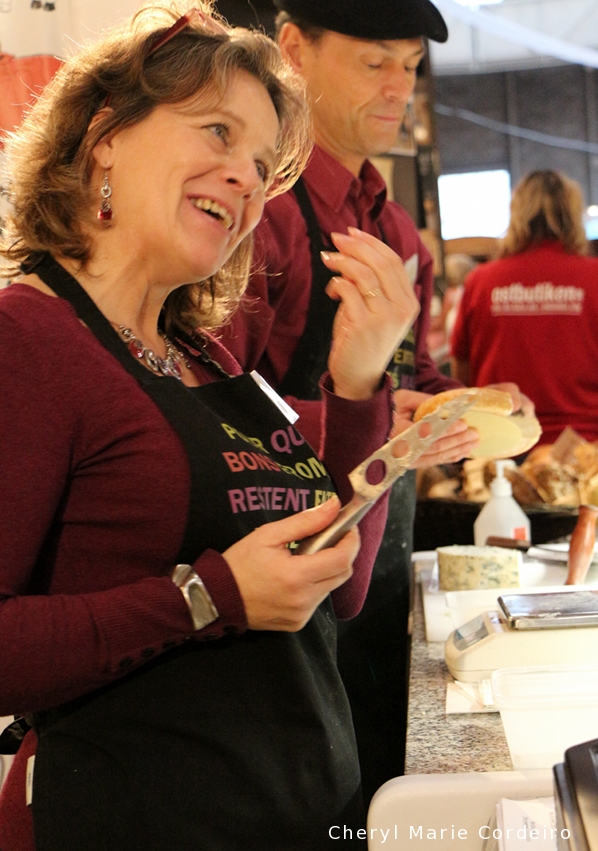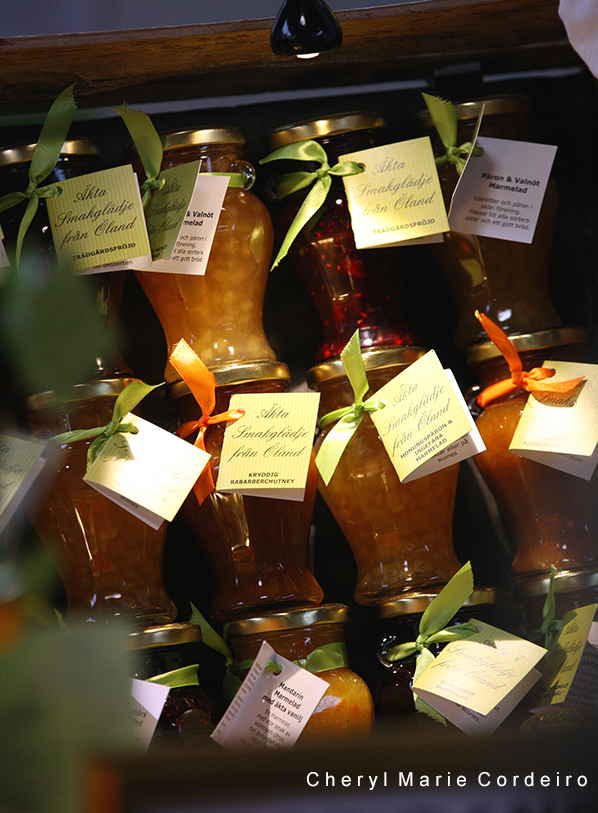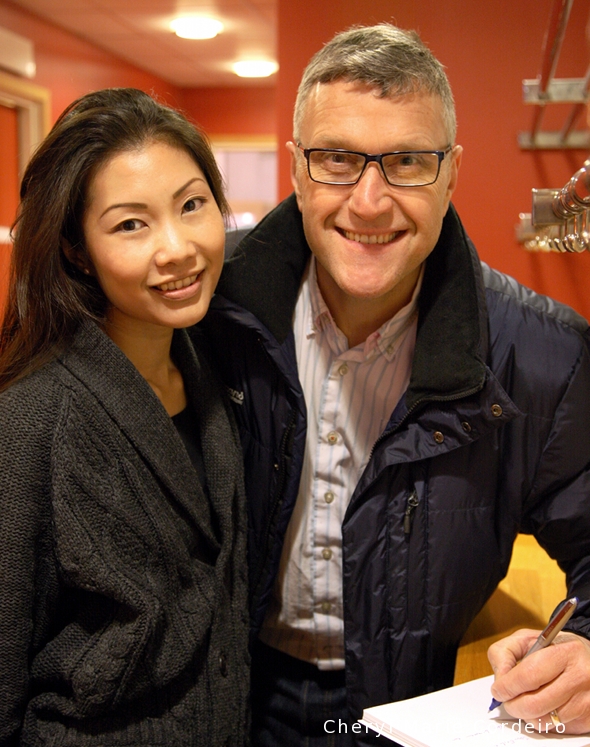New evidence “brings ‘Theory of Everything’ a bit closer to reality” (Wall 2014)
The bottom part of this illustration shows the scale of the universe versus time. Specific events are shown such as the formation of neutral Hydrogen at 380 000 years after the big bang. Prior to this time, the constant interaction between matter (electrons) and light (photons) made the universe opaque. After this time, the photons we now call the CMB started streaming freely.
Credit: BICEP2 Collaboration.
Helena Granström makes some interesting observations about what science, even the social sciences, have given us over these centuries – a conviction of the functionality of how things are (everything by science can / must be physically empirically quantifiable) but a loss of a true understanding of the intrinsicality of the being of things (here lies the realm of the less than 4% knowledge of the quantum world that even as I write this, a few weeks ago, sat a very bright PhD student in the room and asked, “Is quantum physics really a field of study? Who does quantum physics? What good does it have for us?” To which I was at a complete loss of words, except to reply, “Yes, it’s a real field of study. I think the CERN might be very upset to hear what you just said.”)
Continue reading “On a tangent note to the evidence of cosmic inflation: Transcending the Cartesian mind body divide”

